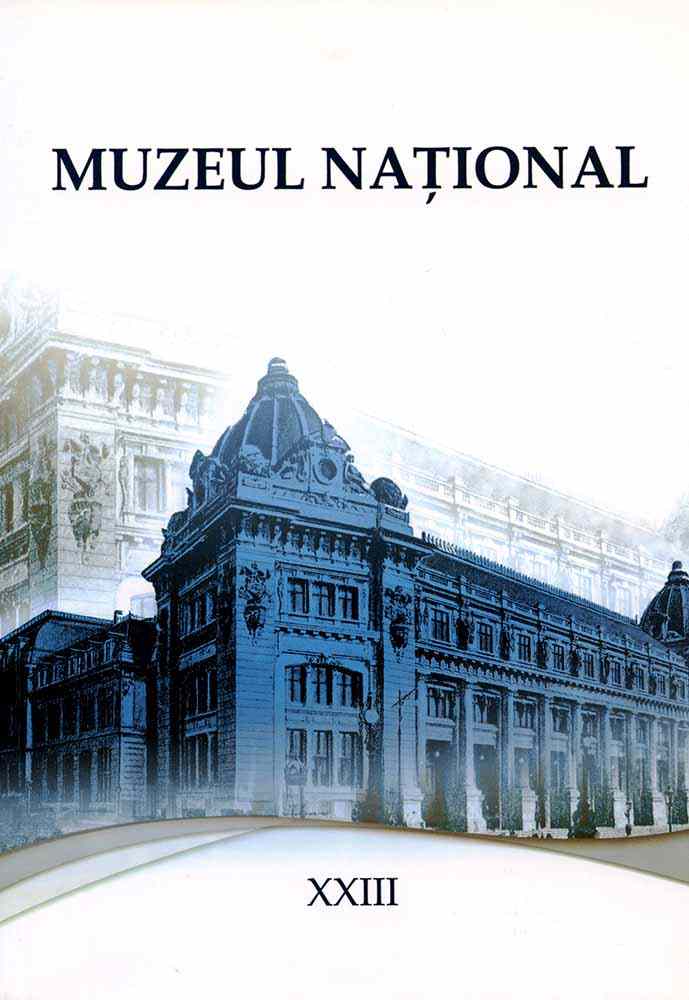
Commercial and art photography in Romania 1900-1950
| Autori |
|
| Limba de redactare | engleză |
| Descriptori |
|
| Excerpt | In the first two decades of the 20th century, the main topics which attracted the 19th century photographers - studio portraits and folk types - were still in great demand. Old photographers such as Franz Mandy, Alfred Brand, A. Ihalsky, George Maksay, Christian Nielsen, al of them bearing the much coveted title of “photographers of the Royal Court” were still active. At the General Exhibition of 1906 which was mounted in Bucharest to celebrate King Carol’s forty years of glorious rule over Romania, photography benefitted a privileged position. The national topics were mostly appreciated. Pictures with peasants wearing traditional costumes done by Alexandru Bellu and the Manakia Brothers were utterly appreciated. The following generation of photographers, both amateurs as Gheorghe Capşa, or professionals such as Adolph Chevallier, or the Transylvanian-based Wilhelm Aurelich and Emil Fischer, did their best to compete their seniors in the same kind of compositions, mostly romanticizing the folk types. During World War I, when Romania sided with the Allies in 1916, the General Army Staff established a special department with professional photographers which provided official and propaganda images. That was Serviciul Fotografic al Armatei (The Army’s Photographic Department). Head of this department was Lieutenant Ion Oliva who chose some experienced photographers for his team. During World War II, the Photographic Department of the Army was again very active. On 20th June 1941, it was affiliated, as its twin brother the Film Department, to the Propaganda Department of the General Army Staff. Professional photographers were concentrated in order to work for that department. They were organized in two different sections: that which was involved in the operative area (i.e. battlefield) and that in the interior (inside the country were they where involved in processing the material taken on the front line). Art photography was in obvious decline in the first decades of 20th century while commercial photography was at its apex. Street photographers tempted the passers-by with their advertisers “Fotografie la minut” (moment photography) which were of low cost and of low quality either. Everybody could afford to have his or her likeness taken on the spot. A lot of studios flourished all over the country but there were produced only conventional portraits in stereotype style. In spite of some efforts to organize and to make a visual education both for photographers and for customers, there was impossible to talk about art photography until mid and late 1930s. There were just a few exceptions such as Brassaï, Constantin Brâncuşi, Josif Berman and Nicolae Ionescu, who mastered a style of their own, full of taste and artistry. With ups and downs caused by wars and depression, the Romanian photography in the first half of 20th century preserved its passion for folk-life topics and, through the inspired eyes of such masters as Brâncuşi, Berman and Ionescu, reached the peaks of Art. |
| Paginaţia | 49-80 |
| Descarcă fişierul | |
| Titlul volumului de apariție |
